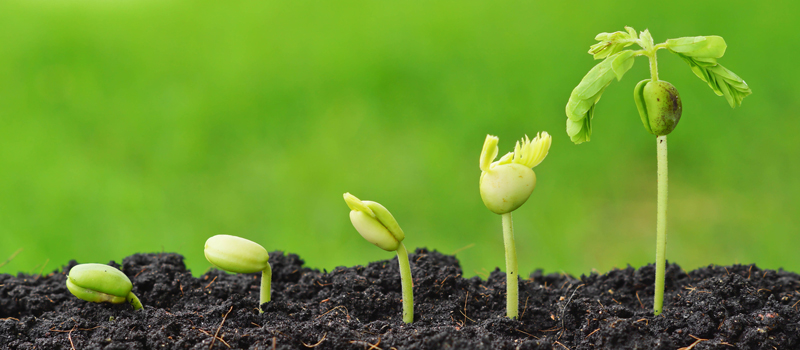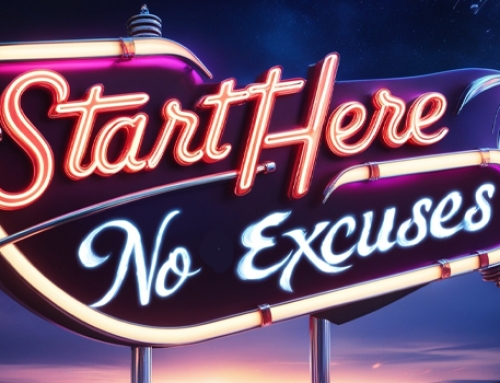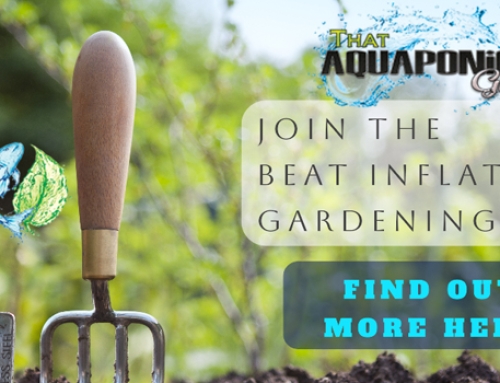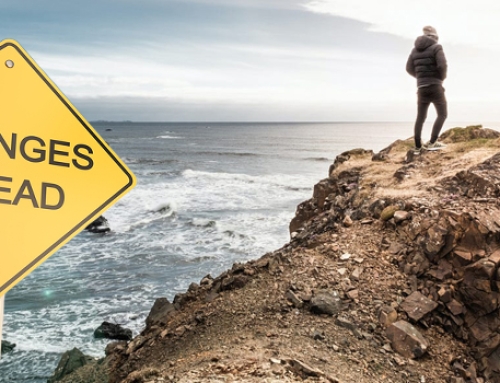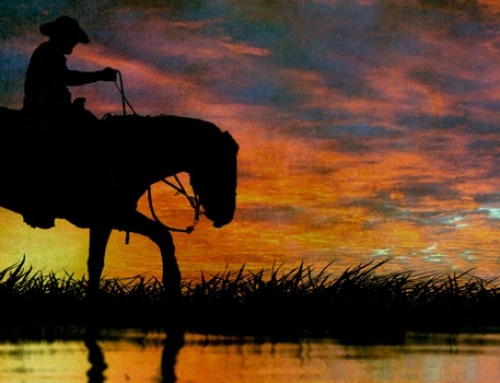Not everyone is going to be able to have an Aquaponics System working for them. In fact, even for those who have a robust system of Fish and grow medium cycling working for them, we at ThatAquaponicsGuy recommend you also have permaculture environments designed for those plants, bushes, and trees that cannot be done well in an Aquaponic environment.
Creating and growing a great Backyard Farm involves juggling the needs of dozens of different crops. Some like it hot while others prefer cool spring or fall growing conditions, but figuring out when to plant what — and where — just got easier. We have created for you a checklist you can utilize when you start to plan each planting environment you can have in your Backyard Farm. Find that Garden Planner Checklist below!
Here are some of the things the Garden Planner Checklist can do:
Find Frost Dates
Find the average first and last frost dates for your area, based on records from over 4,300 weather stations. All you have to do is punch in your ZIP code, and the first item on the Garden Planner Checklist is done – Click Here for the Old Farmer’s Almanac Frost Date Estimate. If you have been paying attention to the frost dates in your area before, your experience in your microclimate will point toward different dates, you have the option of setting the frost dates yourself.
A hard frost is the death knell to most plants. It either kills them straight out or puts them into a dormant state. When you are doing things outside in the wide-open air, you not only need to be mindful of these dates but plan accordingly to them. Now, this doesn’t hold true if you live in a tropical area when it is 72 degrees all the time, but if you don’t (like most of us) The first and last frost dates are vital to know. T
Garden Bed Design
Experiment with bed designs and plant placement. You can think of your Backyard Farm as a small ecosystem unto itself. There are places that are more exposed to the sun, more that are under the shade of trees, buildings, or even outcroppings of rocks. You need to plan for those plants that will thrive in the microenvironment that they are placed in. There are plants that can withstand the direct sunlight and others that do better with more shade.
Additionally, if you are starting this Backyard Farm of yours from the very beginning you need to plan where your growing will happen. Just tilling the ground and putting in seeds in the established rows, or are you doing raised beds? Are you going to do neither and place all that you grow in what I call countertop grow beds (soil-based grow beds in elevated waist-high containers)? You decide what is best for you, your situation, and your Backyard Farm. If your garden beds are already in place, (whichever they may be) simply set up your garden’s template in a drawn-out schematic and start plugging in plants.
This will also help you maximize the spaces you have for each type of plant, vegetable or fruit, you want to grow.
Planting Guidance
Develop a personalized planting chart. Not every plant has exact planting instructions. Some do well in a seedling/replanting scenario. Others do well being planted early in the spring season directly in the ground and cultivated that way. Yet others are late bloomers and need to be seeded and planted later in the summer. Know your plants! Research those seeds you are looking to have in that Backyard Farm of yours. It should never be, putting the seed in the ground and hoping for the best… ever!
This goes for your bramble and berry bushes and fruit trees as well. Especially when you are considering planting them in your chosen spaces. Ideally, for the plant, a bush, or a tree, you will know how many of each seed, seedling, or start you will need to get the optimized harvest you desire from each species you plant.
Plan succession sowings. If you plan to grow fall carrots after spring peas, or plant fall garlic in the same space used for summer snap beans, you can incorporate end dates for certain plantings into your plan. The plan will then show available space for a second crop.
Plan crop rotations. It’s always a good thing as you go from year to year to rotate the areas you plant those seeds. Now, this doesn’t apply to those perennials or even the biannuals you have on the Farm. Those that take a season to grow and then need to be mulched and composted. In your Garden Planner Checklist, you need to keep track of what was planted where and rotate the types you plant according to their growing requirements. Consider the soil, and what needs to be present for a great growing season and do as needed.
Great Gardening Records
Keep track of varieties. Whether you like it or not, when you decide to become a Backyard Farmer you also take on the duty of Seeds Purveyor. Once you find a source for quality Heirloom seeds, you need to be doing your part in saving a portion of what is grown into the seeds for the next season. And if your Farm is large enough, or you do it for a longer period of time, you are going to have a vault of seeds that you need to keep track of, and keep separate. In your Garden Planner Checklist each year, keep track in what you bring to life in that dirt of yours. And also, proper and succinct labeling also helps (not ust lettuce, but the type ofo lettuce like Red Sails Lettuce)!
Overall TakeAway
Plan to Create the Proper Growing Environments and Take Action. Whether you are doing an area for the traditional garden and plants or you are looking into the Wild Edibles plant scenario (or preferably BOTH) you need to plan where you can maximize the space you have. This is not a one-and-done type of situation. This is an ongoing, year in, year out type of deal. As you curate your garden environments, you will not only find the satisfaction of doing something worth the while but also the peace of being ready for whatever comes your way.

